 Teaching learners with autism or other developmental delays can frequently be a complicated, stress-inducing labor of love. This is why I especially appreciate that one of the most useful strategies in working with learners of all ages is just three simple words: “Do it again.”
Teaching learners with autism or other developmental delays can frequently be a complicated, stress-inducing labor of love. This is why I especially appreciate that one of the most useful strategies in working with learners of all ages is just three simple words: “Do it again.”
The basic idea behind “Do it again,” (Or “Try it again,” or “Do it better”) is that you are calmly stating that the learner must try an action again and do it better than previously done. You are not yelling, you’re voice isn’t even raised. And you are communicating to the learner that you know he/she is capable of doing more.
In some cases, working with learners who may require more invasive prompts such as physical prompts, it may be necessary to have two adults for this to work best. Below are a few example scenarios of how this might work.
Scenario One
- Teacher asks student to hand a paper to her.
- Learner drops paper on desk next to her hand.
- Teacher: (Hands paper back to student.) Try it again. (Holds hand out for paper.)
- Learner places paper in hand.
- Teacher: Thank you.
Scenario Two
- Non-verbal learner wants to get attention from teacher. Grabs teacher’s shirt and pulls.
- Second adult (possibly another teacher or paraprofessional): Try it again. (Provides hand-over-hand assistance for giving a light tap to get teacher attention.)
- Teacher: What do you need, _____?
Scenario Three
- Learner: S@*!
- Teacher: Try again.
- Learner: S@*!
- Teacher: Try it again. (calm, even tone)
- Learner: I’m mad.
Scenario Four
- Learner is running across the room to get a toy.
- Teacher: Go back. Try again. (The learner must return to the point in which he/she began to run.)
- Learner walks across the room.
Behaviors to use this with:
- recurring behaviors in which you know the student knows the rule, or you have repeated the rule many times
- behaviors that are maintained by attention or desiring “shock value” such as cursing, insulting, or using rude language
- increasing behaviors related to polite speech
- decreasing behaviors that could cause injury (such as running in the classroom or being rough with peers or adults)
Why it works:
- you are demonstrating a calm sense of control
- you are demonstrating that you have and enforce high expectations
- you are willing to spend the time to have your learner complete requests correctly
- the learner is still receiving attention, but it is low-quality attention. You should differentiate the quality of the attention you provide based on the quality of the learner’s behavior.
- the learner still gets what he/she desires, but only after behaving in the desired manner. It is important that the learner still receives the tangible, attention, or escape instead of being punished for finally engaging in the desired behavior, EVEN IF the learner has to “do it again” multiple times. Over time, the learner will engage in the appropriate behavior more quickly because it increases the speed with which they receive the desired item or activity.

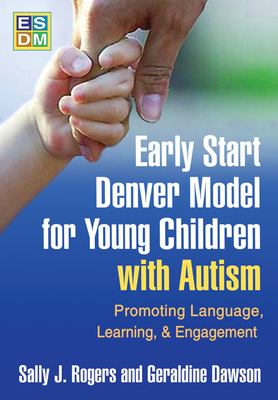 As the first comprehensive, empirically tested intervention specifically designed for toddlers and preschoolers with autism, the Early Start Denver Model (ESDM) is an early intervention approach for toddlers ages 12-36 months and continuing until ages 48-60 months. The model does not require a particular setting for implementation and can be used by parents, teachers, therapists, at home, in preschool or in a clinical setting. To help you get started with this early intervention model developed by Sally Rogers, Ph.D., and Geraldine Dawson, Ph.D., we are offering a 15% discount on the
As the first comprehensive, empirically tested intervention specifically designed for toddlers and preschoolers with autism, the Early Start Denver Model (ESDM) is an early intervention approach for toddlers ages 12-36 months and continuing until ages 48-60 months. The model does not require a particular setting for implementation and can be used by parents, teachers, therapists, at home, in preschool or in a clinical setting. To help you get started with this early intervention model developed by Sally Rogers, Ph.D., and Geraldine Dawson, Ph.D., we are offering a 15% discount on the 
 Summer is winding down and for most it’s time to get back to a routine. For many of our students and children that means getting a handle on a busy new schedule of self-care, school, therapy sessions, extra-curricular activities, play dates and special occasions. A visual schedule or an activity schedule can help pull all of the parts of a hectic day together for a child and increase independence, build organizational skills as well as improve comprehension skills. A visual schedule provides clear expectations, utilizes a child’s visual learning strengths, can reduce anxiety or difficulty with transitions, and can increase flexibility.
Summer is winding down and for most it’s time to get back to a routine. For many of our students and children that means getting a handle on a busy new schedule of self-care, school, therapy sessions, extra-curricular activities, play dates and special occasions. A visual schedule or an activity schedule can help pull all of the parts of a hectic day together for a child and increase independence, build organizational skills as well as improve comprehension skills. A visual schedule provides clear expectations, utilizes a child’s visual learning strengths, can reduce anxiety or difficulty with transitions, and can increase flexibility.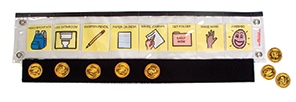
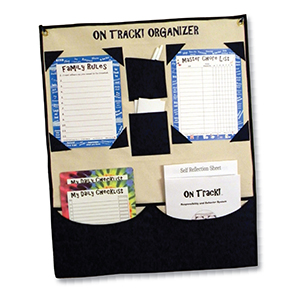
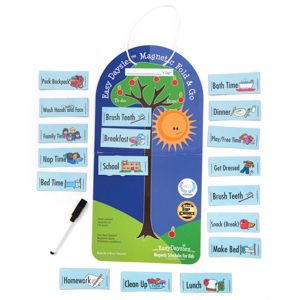
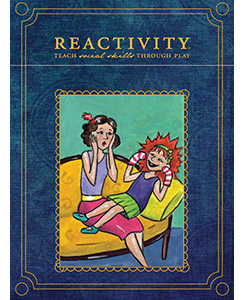
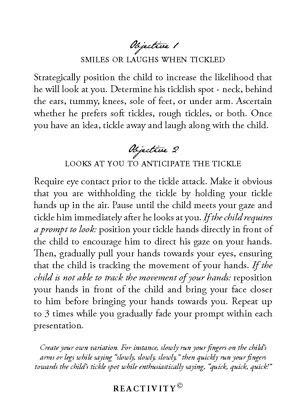
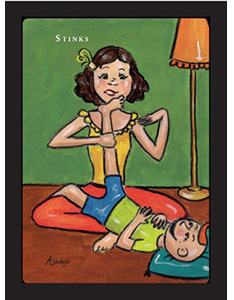
 Age level: Preschool, Early Elementary
Age level: Preschool, Early Elementary

 Our pick this week is the
Our pick this week is the 





 These presentations will be sensory-friendly performances that allow families with members on the Autism spectrum to experience a regular Broadway production with several alterations that meet the needs of the audience. Pittsburgh will be the third city to offer this type of program.
These presentations will be sensory-friendly performances that allow families with members on the Autism spectrum to experience a regular Broadway production with several alterations that meet the needs of the audience. Pittsburgh will be the third city to offer this type of program.